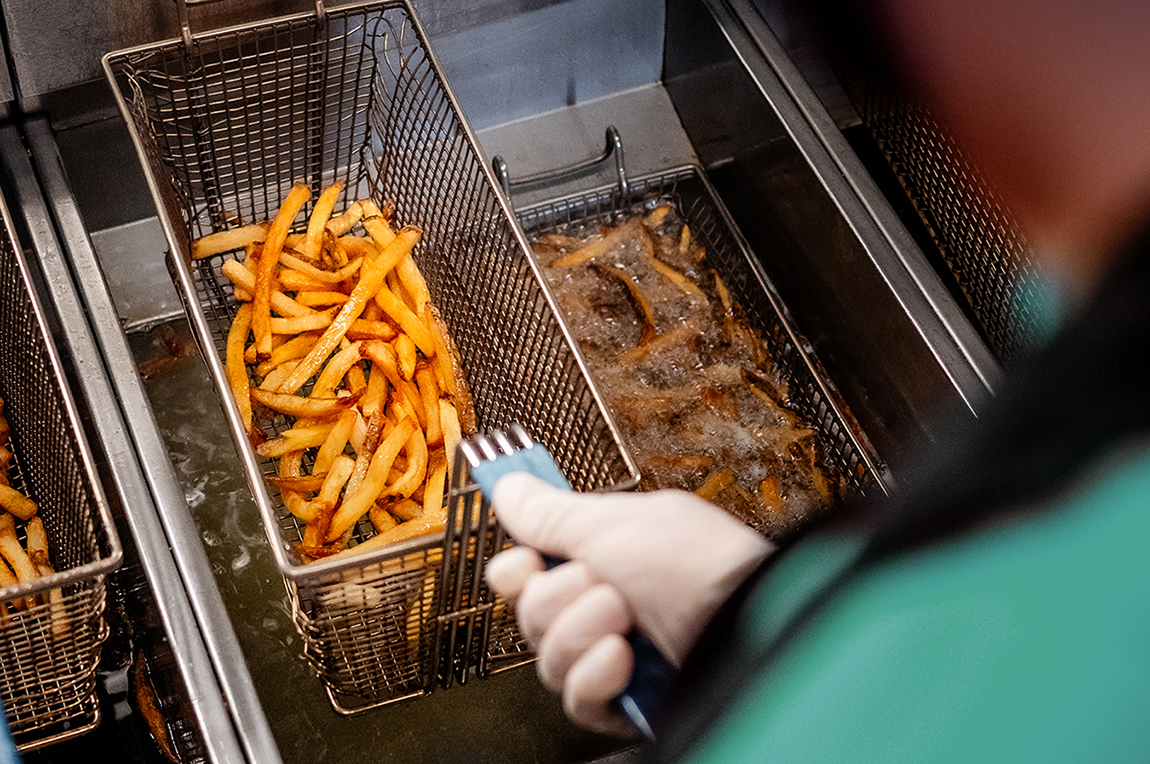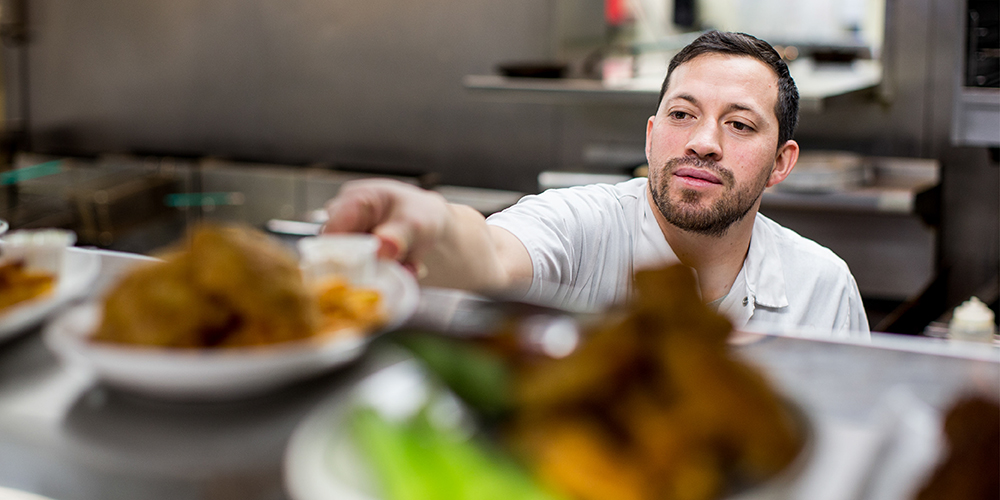You’ve always watched costs dutifully in your restaurant, but these days the impact of controlling costs can be even more pronounced. As the industry waits for the day when it can once again erase social distancing guidelines and seat guests to maximum capacity, controlling costs remains paramount.
Every restaurant has special ways of controlling costs, and in our blog today we’ve compiled some of the most effective.* Applying them to your business may help protect your margins until those brighter days of increased capacity finally arrive.
Adopt a mentality to save, not cut
When times are tough, we naturally look to make cuts from the budget, however, focusing on saving instead can be more beneficial for your business long term. For example, reducing employees’ hours or getting creative with your scheduling may save you money just like cutting these employees via furlough or termination. However, keeping them on staff also protects you from the future costs associated with recruiting and training the eventual replacements for these released employees.
Naturally you always need to be mindful of your costs, but if you can protect against unnecessary future expenses related to a cut by saving, now’s the time to consider applying those measures for the long-term health of your restaurant.
Review your menu and ingredients
Every menu has those items that sell well and those that don’t. At the same time every menu has those items that turn a high profit margin and those that are ingredient expensive. As you navigate your restaurant through these turbulent times, your business can benefit from a focus on the former in both categories.
Streamlining your menu makes sense in many cases. As your guest list shortens, so too should your menu. This might also be the time you look at your distributors’ pricing to see if it is optimal for you and if another ingredient option — available from this distributor — could accomplish the same thing at a reduced price to you.
Review every expense
You may think you’re already doing this, but many restaurants take some expenses for granted instead of taking a deeper look.
For example, do you simply monitor your bank account or do you run a thorough financial statement and line-item review all expenses? The latter is certainly more work, but in periods such as this, it’s necessary. This is also a good time to review your labor scheduling. Have you fallen into old staffing habits or are you scheduling more aggressively knowing that guest counts will be down and that your fellow managers can help carry the burden? Utilizing a staffing software solution can provide you with estimates of your ideal staffing size for any given day and also alert you to employees’ full-time status so you’re aware of who requires an offer of healthcare coverage and who does not.
Train and retrain
If a certain menu item is routinely more unprofitable than it should be, now’s the time to look at training. Is your kitchen staff over-portioning in prep or in plating? Now’s the time to focus on retraining as your staff has more time to focus on getting each menu item correct. Every instance of wasted product is more pronounced now due to your lower volume, so be meticulous with your staff to ensure they are creating the best product possible for your guests and your bottom line.
What goes in the trash still costs you
Looking to reduce your expenses? Start by reviewing what your staff throws away. A restaurant’s dumpster is often a treasure trove of wasted capital. Effective training can protect your business from wasted food, but even if your staff prepares everything correctly, there are still ways to reduce your garbage expense.
First, consider reducing the frequency with which your trash is removed. After all, if your business is serving fewer guests, it stands to reason that it is creating less trash. This could allow you to cut your trash pickup in half. Second, consider recycling alternatives for cardboard, bottles, etc. All of this ensures these materials will not end up in a landfill and can reduce your trash usage even further. Research from Enevo shows that you can reduce your trash expenses by as much as 15% if you’re proactive in your strategy. To do anything else is throwing money away.
Go digital
From digital menus to digital signage, replacing your existing paper articles with digital options can reduce your long-term printing costs. Many restaurants today are even putting QR readers on the table, allowing guests to download the entire menu to their phone from the reader. This saves them the cost of providing menus while still allowing guests to order their favorite menu items.
Get active socially
Looking to reach customers in a cost-effective way? Social media is your ticket. Your social media platforms are a great way to let people know your hours in the new normal and if reservations are required. From there you can expand to use your social channels to highlight promotions and offers designed to bring new guests through the door and keep old regulars coming back.
Overcoming today’s challenges
We know the current environment is tough and we hope the tips presented here can help. As always, if you have any questions about how solutions from Restaurant Technologies can reduce your costs and support your business, please reach out. We’re always ready to support your business during this challenging time and beyond.
*Nothing herein constitutes legal advice or other formal direction or guidance of any kind. The information offered herein is offered for general information purposes only.



